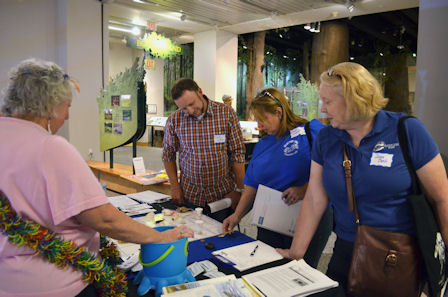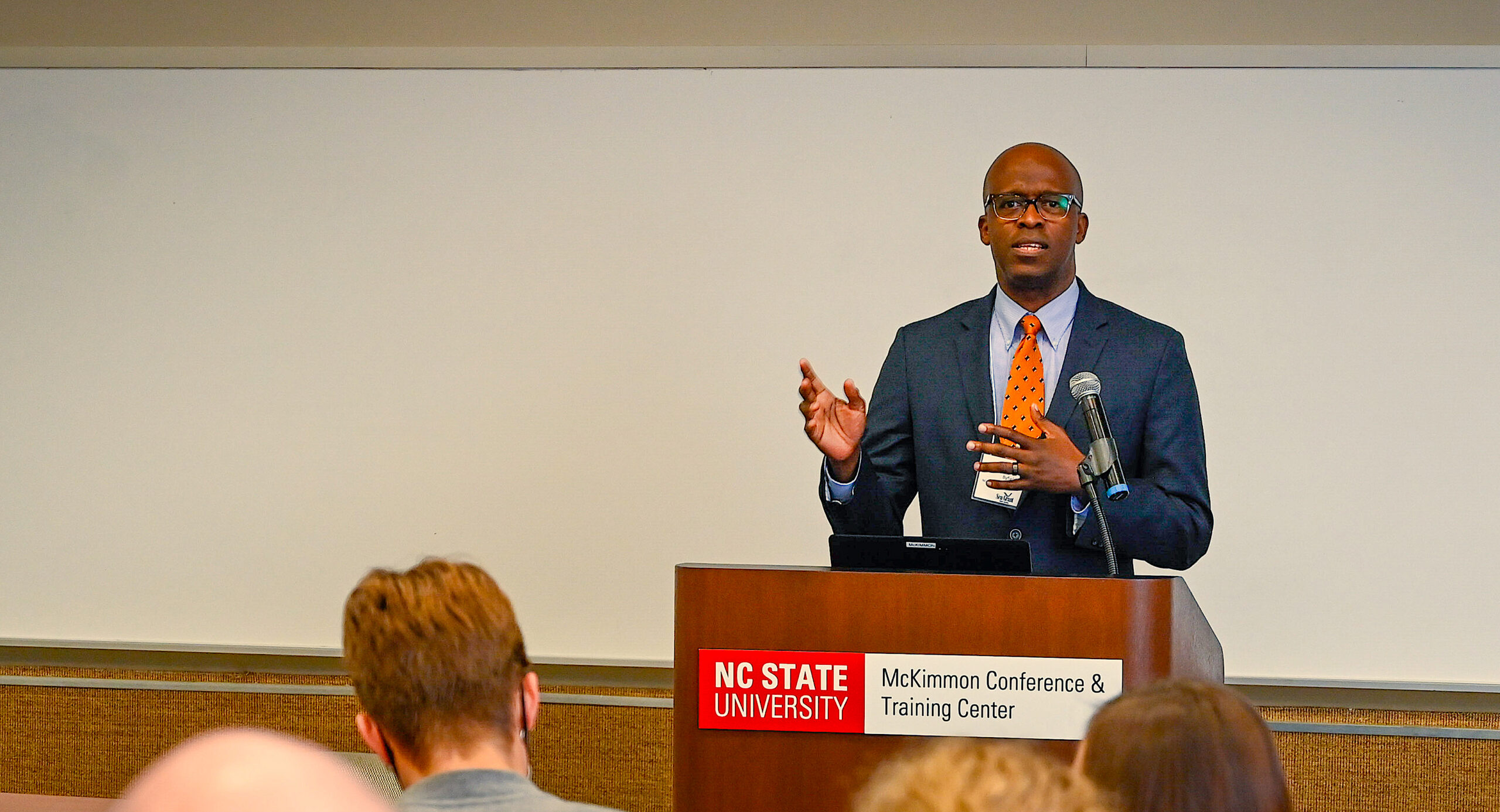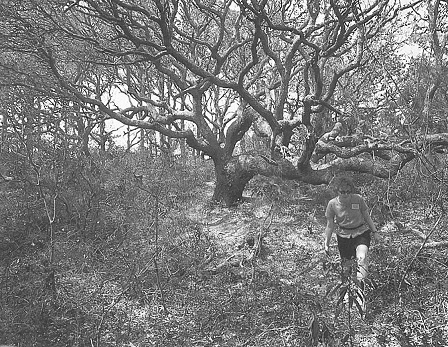FROM THE DEPUTY DIRECTOR: Opportunities Abound


It’s been a year since my last letter-writing opportunity. Here are some highlights of what has happened since then.
In March, North Carolina Sea Grant started the process to select our next round of core research projects. We received 59 preproposals from scientists and researchers across the state. Unfortunately, we do not have the capacity to support all the great ideas submitted.
Over the next few months, through detailed peer reviews, we will whittle this number down to around 12 finalists. The overall goal is to ensure that Sea Grant-funded projects are of the highest scientific caliber — and have outcomes that will quickly be usable to enhance how we manage our valuable coastal resources.
In Susan White’s last letter, she described an exciting upcoming event, North Carolina’s Coastal Conference. Held in April, the forum was a resounding success. Well over 200 attendees from the academic, government and industry sectors gathered to hear about important coastal topics and think of ways we all can work together to address these issues.
On page 26, Katie Mosher reviews the highlights from the conference and provides links for readers to view the presentations. This is a wonderful opportunity and I encourage all of you to take some time and watch some of the presentations. I am confident that many of the issues discussed will “hit home” in terms of things that affect your daily lives.
This issue of Coastwatch also provides an intriguing look at new Sea Grant research into rip currents. Fast-moving sections of water, rip currents can quickly drag swimmers of all experience levels away from shore. Getting caught in a rip current is one of the most frightening experiences that can occur along our ocean beaches.
This cutting-edge research uses newly available GPS units to track how water moves in a rip current. Researchers, the National Weather Service, local leaders and others are using the data to devise the best advice for swimmers who find themselves caught in a rip current.
It’s my pleasure to let everybody know that North Carolina Sea Grant will add a coastal economist to our staff later this summer. This extension specialist represents a deeper engagement in this area for our program. The economist will help us answer questions such as how much value, in terms of tourism dollars, does having a lighthouse near your community bring to the local area, or how much more are people willing to pay for locally caught seafood.
As always, I encourage all of you to reach out to me at jmfear@ncsu.edu or 919-515-9104. Let me know how we can make Sea Grant better, or provide your thoughts on topics that interest you. We strive to be a link into local communities. Having a direct line of communication is one of the best ways to stay in touch.
I wish to close by reminding everyone that there are many ways for you to be a part of and to contribute to our Sea Grant program. You could participate in volunteer opportunities, attend a Sea Grant-sponsored event and write articles for us, to name just a few. If you have the time and energy, we would love for you to help support our program.
I hope all of you have a safe and enjoyable summer. I look forward to my next opportunity to share exciting Sea Grant activities with you.
This article was published in the Summer 2015 issue of Coastwatch.
For contact information and reprint requests, visit ncseagrant.ncsu.edu/coastwatch/contact/.
- Categories:


